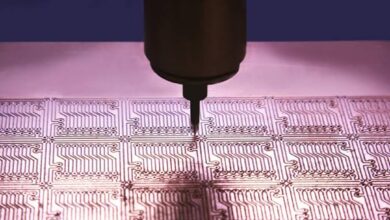Graphic Display: What It Is And How To Choose The Right One

Sight is our primary sense. We use it to receive a lot of information, from advertisements to numeric data on electronic devices. LCD graphic display module is a small, even inconspicuous component that can be used for such purposes. It is worth paying a little attention to it.
LCD display modules – an introduction
LCD (Liquid Crystal Display) is a technology that allowed us to be very minimalistic in terms of digital screens. They can be relatively flat and light, they can fit almost everywhere, and they consume very little power. That’s why different graphic LCD modules are seen in so many places these days. From cellphones to gaming or sonar devices. From our basement to an airplane. In fact, most of us don’t really pay any attention to these little things because we are so used to their presence.
How do they work?
Simply put, an LCD module can display both monochrome or multicolored images and letters (or numbers) which are generated through software. That is sent via the electrical current, and crystal pixels respond accordingly, providing us with the information. The controller drivers used in such devices are not something universal, though. The manufacturer can render them obsolete after some time, and one should always be aware that a malfunction might not be a malfunction after all – it’s just the driver that has not been updated.
How to choose the right graphic LCD displays?
It all depends on your needs, obviously. But the most common way of choosing the graphic display (aside from color solutions) is to check the number of pixels required. They are all aligned both vertically and horizontally, and that gives us the primary dimensions of the LCD display module we need. Square, thin rectangular, or round – you name it. Additionally, one should consider more sophisticated options to associate the display with.
Fluid option
There’s more than one type of fluid solution that is available for a graphic display. But FSTN fluid (Film compensated Super Twisted Nematic) is most efficient because it offers the widest viewing angles and great contrast quality.
Backlight option
The backlight is a contraption that is placed behind the glass in order to light up the display when such a need occurs. LED (light-emitting diode) is the most common solution used to backlit a display. It has an impressive lifetime and doesn’t produce electrical interference like the electroluminescence sources of backlight, called EL in short.




